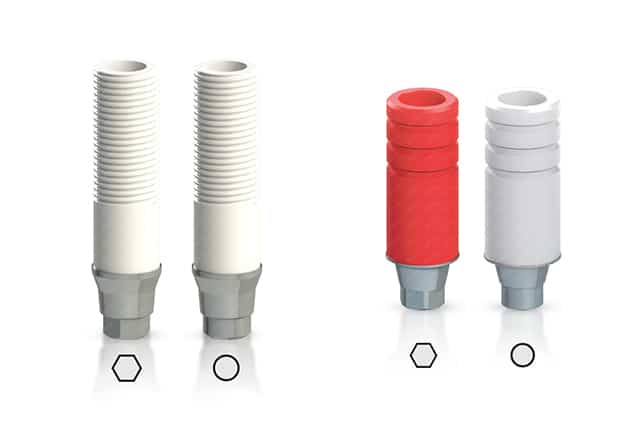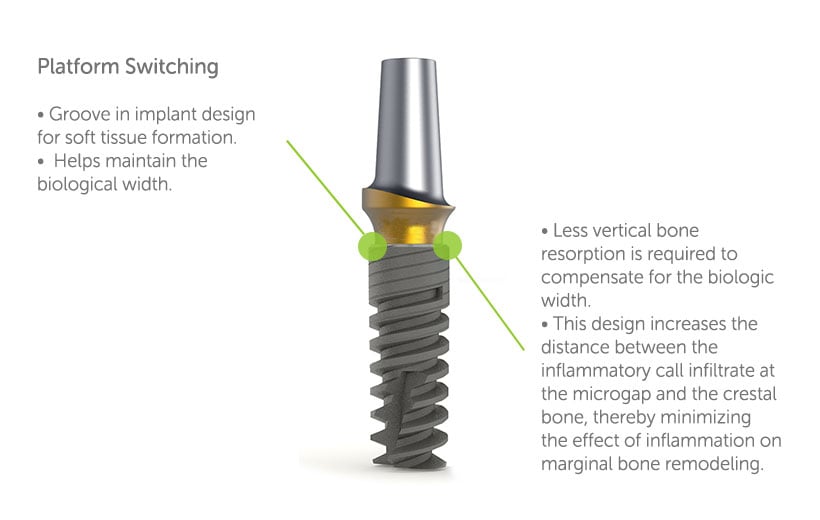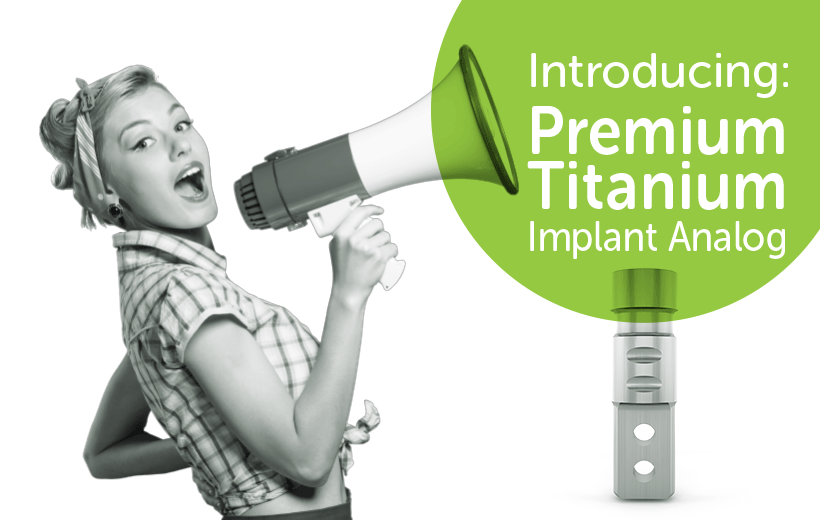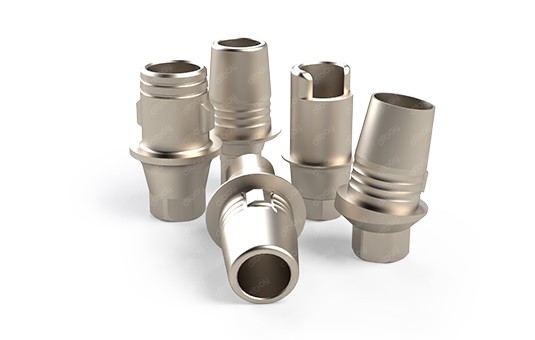
MULTI-UNIT ABUTMENTS IN BRIEF
Multi-unit abutments serve as the supporting framework for implant prosthetics placed in complete or partially edentulous patients. The abutment functions as a connecting unit between implant prosthetics or crowns and the implant body.
Multi-unit abutments (MUA’s) are an advanced type of abutment used in full arch and zygomatic restorations, as they have the ability to aid in the correction of implant height disparities and provide a level platform upon which the prosthesis can be placed. A single multi-unit abutment is made up of several components that unite to form an abutment that is more functional and provides an improved restoration result for many patients compared to a standard abutment.
There are two basic kinds of multi-unit abutments:
- Straight multi-unit abutments
- Angulated / angled multi-unit abutments
Having the choice to implement straight and/or angled multi-unit abutments in any given restoration can drastically increase the potential for a high-quality prosthetic rehabilitation. This in turn improves the quality, fit, and ultimately the longevity of the restoration. The orientation of the implant in an oral environment varies from patient to patient based on their oral anatomy, and angulated abutments aid in providing a common insertion path for the prosthetic to be placed over the dental arch. Thus, the angled abutment can help overcome challenges with multi-unit restorations where one or more units has a relatively high degree of divergence.
Straight multi-unit abutments
Straight multi-unit abutments deliver screw-retained prosthetic solutions in which implants are placed at a lower degrees of divergence of up to 40°.
Angulated / angled multi-unit abutments
Angulated multi-unit abutments are used in restorations where angulation correction is needed and the implant body is placed at a marked divergent angle, typically ranging up to 75°, but occasionally up to 100° in more extreme cases.
There are normally three options for angulated multi-unit abutments:
- 9°-angulation for use with implants with a divergence of up to 55°
- 17°/18°-angulation for use with implants with a divergence of up to 75°
- 30°-angulation for use with implants with a divergence of up to 100°
A 45°-angulation option does exist and is used with implants with a divergence of up to 100°. However, this degree of angulation is rarely seen in multi-unit abutments, and is used in an extremely limited number of exceptional cases.
The use of multi-unit abutments in full-arch restorations
The use of multi-unit abutments has been proven the best possible option in patients with All-on-4 and All-on-6 implants. The success of this restoration treatment would never have been possible without the invention of angled multi-unit abutments.
In the case of the All-on-4 procedure, the prosthetic teeth are supported with the help of only four implants placed along each arch. Full arch restoration can be achieved in patients with an atrophic alveolar ridge using two straight implants and two angled implants, thanks to angled multi-unit abutments.
The implants in the All-on-4 restoration are placed at specific angles of divergence in order to best support the denture and to dissipate the masticatory forces equally in all planes. Apart from overcoming obstacles of divergence, the distribution of chewing force across the arch can aid patients in overall oral function, as well as reduce risk of complications such as bone ridge resorption.
The multi-unit abutment has granted dental professionals an ideal solution for full-arch restoration that does not require individual replacement of each tooth. What’s more, the ability to replace an entire arch of teeth with a fixed solution that stimulates the jaw offers patients the possibility to preserve their soft tissue and bone, allowing them to live happier, healthier lives.










